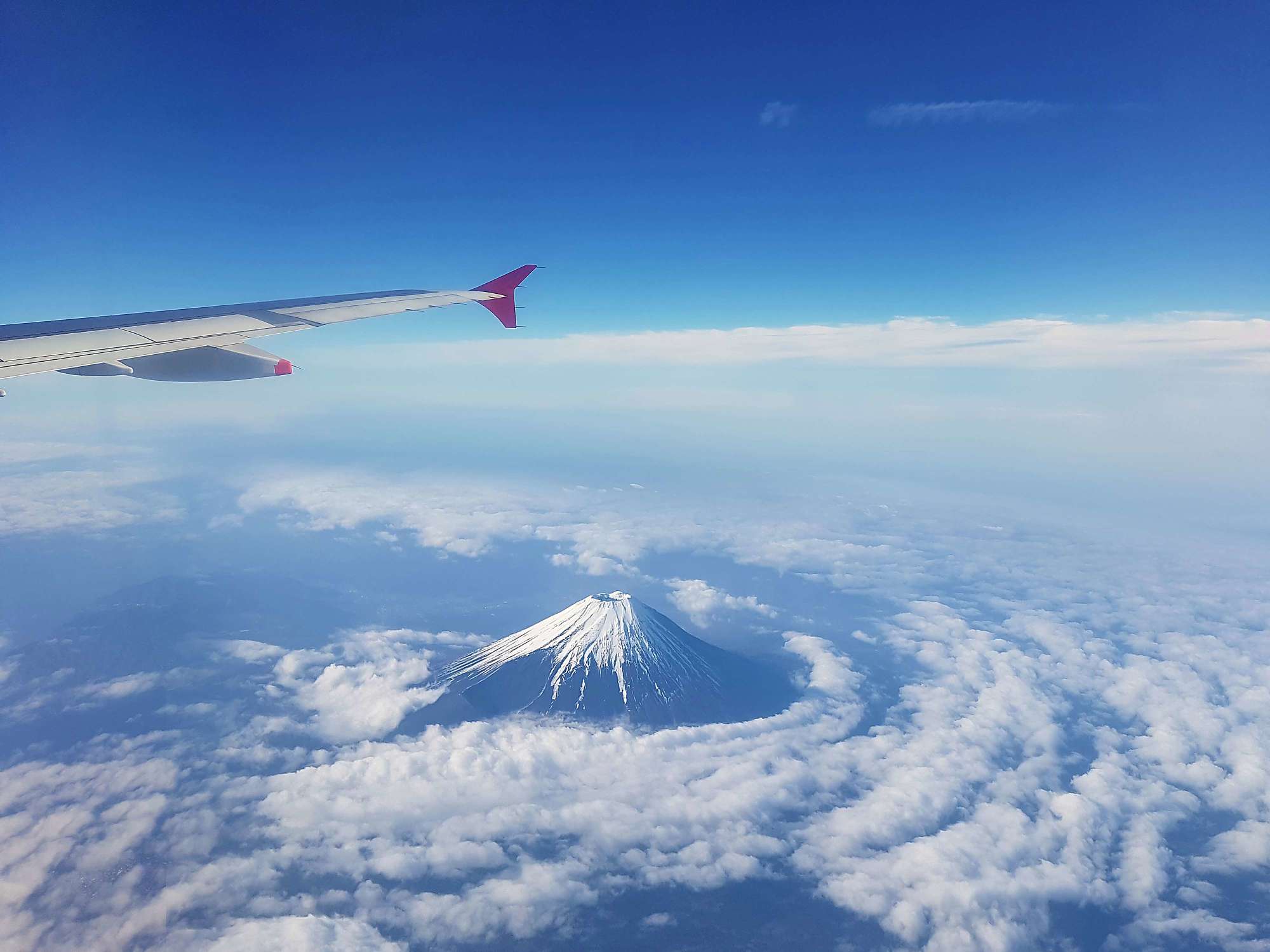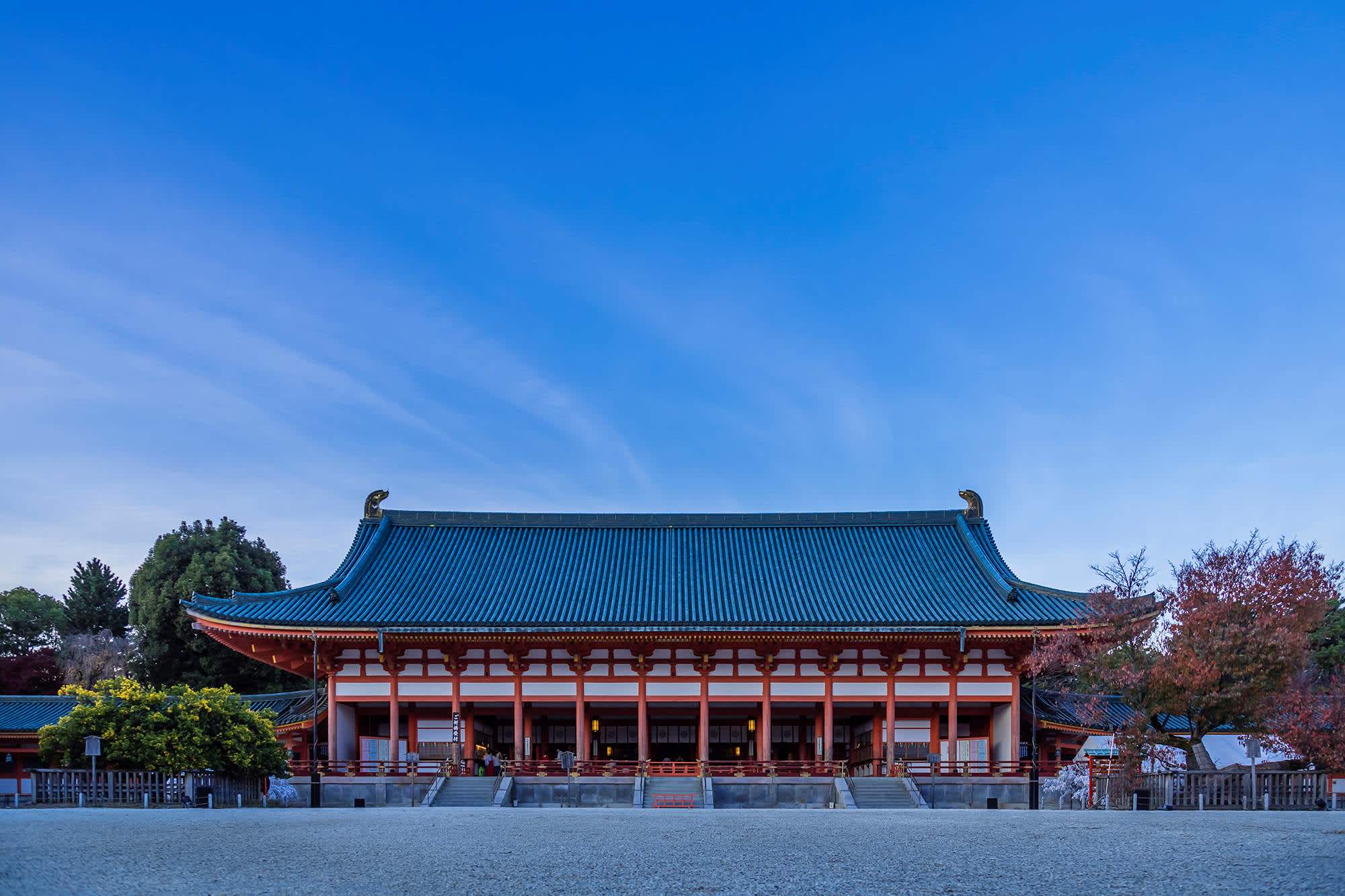
The first in our series of articles in which we introduce some handy Japanese words and phrases for your trip to Japan!
Many first-time travellers to Japan worry about a perceived language barrier. However, the truth is that not only is it completely possible to travel the length and breadth of Japan without knowing any Japanese, but that millions of visitors each year actually do!
Most Japanese people speak or understand at least some English, since all secondary school students study it for at least six years, and many working adults take English language classes in their spare time. While being completely fluent and articulate in English is not widespread, most people you meet will probably recognise quite a lot of English words, as Japanese actually has incorporated a lot of English loanwords into its vocabulary over the years.
While communication is nearly always possible, for those times when a combination of English, gestures, and hand-drawn diagrams don’t cut the mustard, knowing some basic Japanese phrases can be very useful. Memorising just a few words of Japanese will be greatly appreciated by the Japanese people you meet on your trip, leading to heart-warming encounters that will stay with you for a lifetime.
Beginning with this article, we’ll introduce some handy words and phrases to make your trip to Japan even easier and more memorable. We start with some handy phrases for the airport, as that is where almost all foreign travellers’ visits to Japan will begin - and end.

At the Airport: Checking in
First of all, it’s good to know where you are going - the airport, naturally. In Japanese, the word for “airport” is “kūkō”. Don’t be frightened by the lines over the vowels here (called macrons!) - they just indicate that the pronunciation of the vowels should be lengthened. (So in “kūkō”, pronounce the “ū” like the “oo” in a pigeon’s “coo” and the “ō” like the “o” in “chorus”.) An “international airport” is “kokusai kūkō”, so Haneda Airport (HND) is called Tokyo Kokusai Kūkō (thought most people call it Haneda Kūkō), and Kansai International Airport (KIX) is Kansai Kokusai Kūkō in Japanese, but it is also often abbreviated to Kankū in Japanese.
Other major airports you might use are Narita International Airport (NRT) and Nagoya Airport (NGO). Nagoya Airport’s official name is rather a mouthful: Chūbu Centrair International Airport (Chūbu Kokusai Kūkō), but it is often referred to just as Centrair (Sentorea), and people should also have no trouble understanding Nagoya Airport (Nagoya Kūkō).
- Narita International Airport (NRT) = Narita Kokusai Kūkō (or just Narita Kūkō)
- Kansai International Airport (KIX) = Kansai Kokusai Kūkō (Kankū)
- Haneda Airport = Tokyo International Airport (HND) = Tokyo Kokusai Kūkō
- Nagoya Airport = Chūbu Centrair International Airport (NGO, Centrair) = Chūbu Kokusai Kūkō (Sentorea)
Airports often split their terminals or gates for international and domestic flights, so being able to find the right part of the airport for your flight is sure to come in handy: “kokusai-sen” are “international flights”, while “kokunai-sen” refers to “domestic flights” (“sen” means "line", and is also used for train lines). To ask where something is in Japanese, put the noun for the place you are looking for in front of the phrase “wa doko desu-ka?” So for example, “Where are the international flights?” is “Kokusai-sen-wa doko desu-ka?”
- Airport = kūkō
- International airport = kokusai kūkō
- International flights = kokusai-sen
- Domestic flights = kokunai-sen
After you’ve found the right part of the airport, the first thing you’ll probably want to do is check-in, so you’ll need to look for your airline company’s counter. Handily, Japan’s two main national carriers’ names can also be abbreviated to easy-to-pronounce letters in Japanese, so you can do this using the same phrase as above: “Where is JAL(‘s check-in counter)?” is “JAL-wa doko desu-ka?” and “Where is ANA(’s check-in counter)?” is “ANA-wa doko desu-ka?”
One you’ve found your counter, to check in you’ll undoubtedly need to present at least your passport (“passpōto”), and your air ticket (“kōkūken”) or e-ticket (“e chiketto”) to prove you’re who you say you are and that you have a booking.
- Passport = passpōto
- Air ticket = kōkūken
- E-ticket = e-chiketto
Next, you’ll need to check in your “luggage”, known as “nimotsu” in Japanese. If you hear the words “jūryō ōbā” (excess baggage) you’re in trouble - it means your luggage is too heavy! Buy yourself some time and much-needed bargaining power by offering to compromise: “Wakemasu” (“I’ll split it up.”) or “Herashimasu” (“I’ll reduce it.”). Don’t forget to keep your carry-on luggage to hand - in Japanese, it’s literally known as “te-nimotsu” (“hand luggage” - “te” means hand).
- Luggage/baggage = nimotsu
- Excess baggage = jūryō ōbā
- Hand luggage = te-nimotsu
Many other check-in related words are Japanised versions of English words, so you might find yourself picking up vocabulary such as the following…
- Counter = kauntā
- Suitcase = sūtsukēsu
- Luggage trolley = tororī
Then there are the three common travel classes on airplanes:
- First class = fāsuto kurasu
- Business class = bijiness kurasu
- Economy class = economī kurasu
The final - and possibly most important - thing for many flyers is to ensure that you’ve got the seat you desire (we’ll save bargaining for an upgrade for another time!), so make sure you memorise the three types of aeroplanes seats, including the much-maligned middle seat:
- Seat = seki/zaseki
- Middle seat = mannaka-no seki
- Side = -gawa
- Window seat = mado-gawa-no seki
- Aisle seat = tsūro-gawa-no seki
Don’t despair if you look down at your boarding card and realise in horror that you’ve been assigned the dreaded middle seat - expressing your preference for a particular seat is well within your burgeoning Japanese language abilities! If you’re asked your seat preference, or if you want to switch to another seat, just put the type of seat you want in front of “-o onegai-shimasu”. So, if you desperately want to catch one last glimpse of Mt. Fuji from the window on your way out of Japan: “Mado-gawa-no seki-o onegai-shimasu.” (“I’d like a window seat, please.”)
The top two phrases to take away from today’s lesson are how to ask where something or somebody is: “-wa doko desu-ka?” (“Where is …?”) and how to request something politely: “-o onegai-shimasu” (“I’d like …, please.”). These two phrases should give you plenty of (air) mileage on your travels in Japan.
- Where is …? -wa doko desu-ka?
- I’d like …, please. -o onegai-shimasu.
So there we are - by now you’ve navigated your way to the right part of the right airport, checked in your luggage, and bagged the seat you want. Stay tuned for more useful Japanese words and expressions for how to get to your gate, navigate the passport control queues, and breeze through your duty-free shopping.
To stay up to date with all the latest happenings in Japan follow us on our Facebook, Instagram, and Twitter!

















































